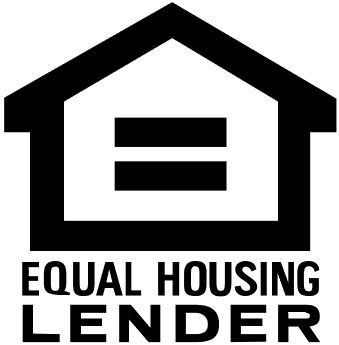
When shopping for a mortgage, you’ll likely come across the term Loan Level Price Adjustment (LLPA). If you’re wondering what it means, you’re not alone. LLPAs can directly affect the interest rate or costs tied to your home loan, so understanding them is key to making smart financial decisions.
At CPF Mortgage, we believe in full transparency and helping borrowers cut through the jargon. Let’s break it down.
What is a Loan Level Price Adjustment?
An LLPA is a fee charged by Fannie Mae and Freddie Mac (the government-sponsored enterprises that buy mortgages from lenders). Instead of being a flat fee for everyone, LLPAs are based on the risk factors of each loan.
Think of LLPAs as risk-based pricing—the higher the risk to the investor, the higher the adjustment.
What Factors Influence LLPAs?
Several borrower and property characteristics can trigger LLPAs. The most common include:
Why Do LLPAs Exist?
The purpose of LLPAs is to protect investors from risk. By charging more for loans considered higher risk, Fannie Mae and Freddie Mac can maintain stability in the secondary mortgage market.
For borrowers, this means two people applying for the same loan type might not receive the same rate—because their risk factors differ.
How Do LLPAs Affect Your Mortgage Rate?
Here’s the important part: LLPAs don’t always show up as an obvious fee. Instead, lenders often adjust your interest rate to cover the cost.
For example:
Can You Reduce LLPAs?
Yes—there are steps you can take:
Why Work With CPF Mortgage?
At CPF Mortgage, we’re proud to offer some of the lowest rates and closing costs in the country. Our team will walk you through how LLPAs might affect your loan and show you strategies to minimize costs. We don’t just quote numbers—we provide a roadmap to make homeownership more affordable
